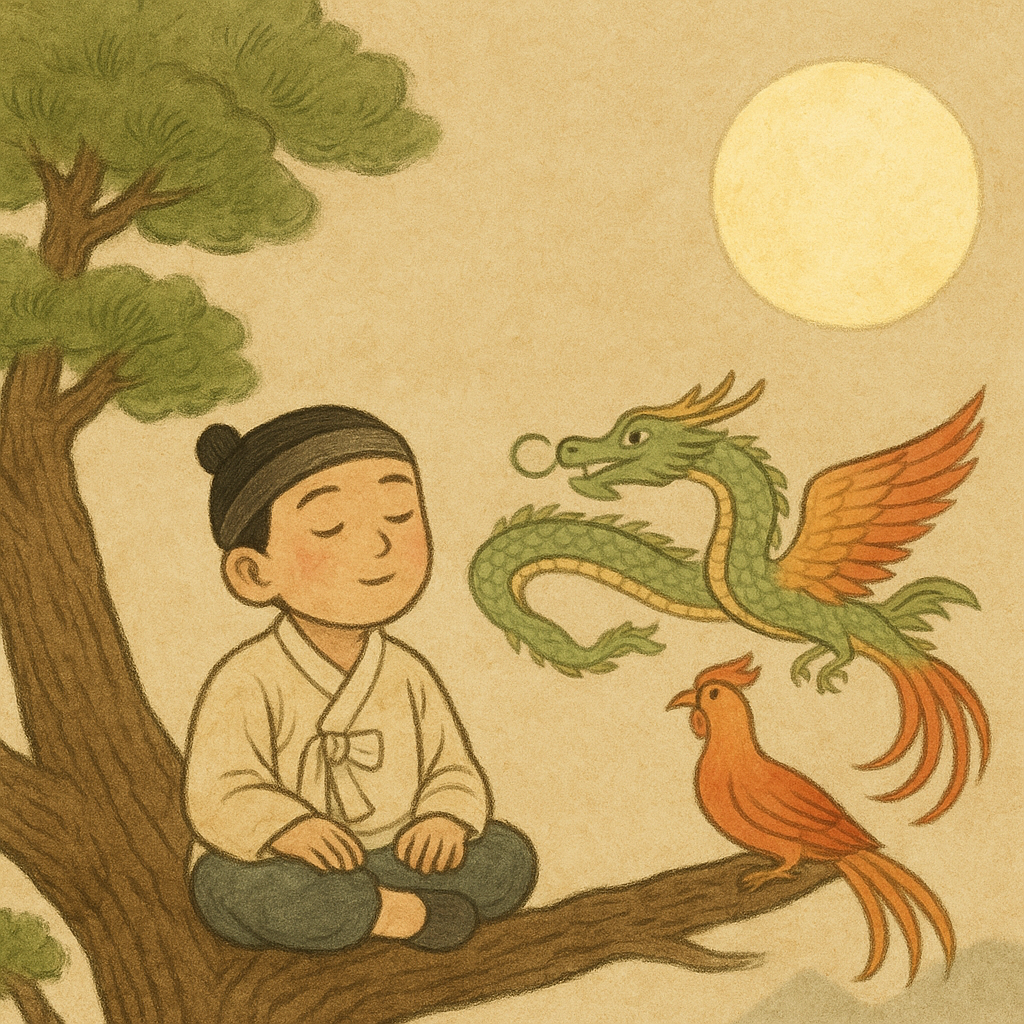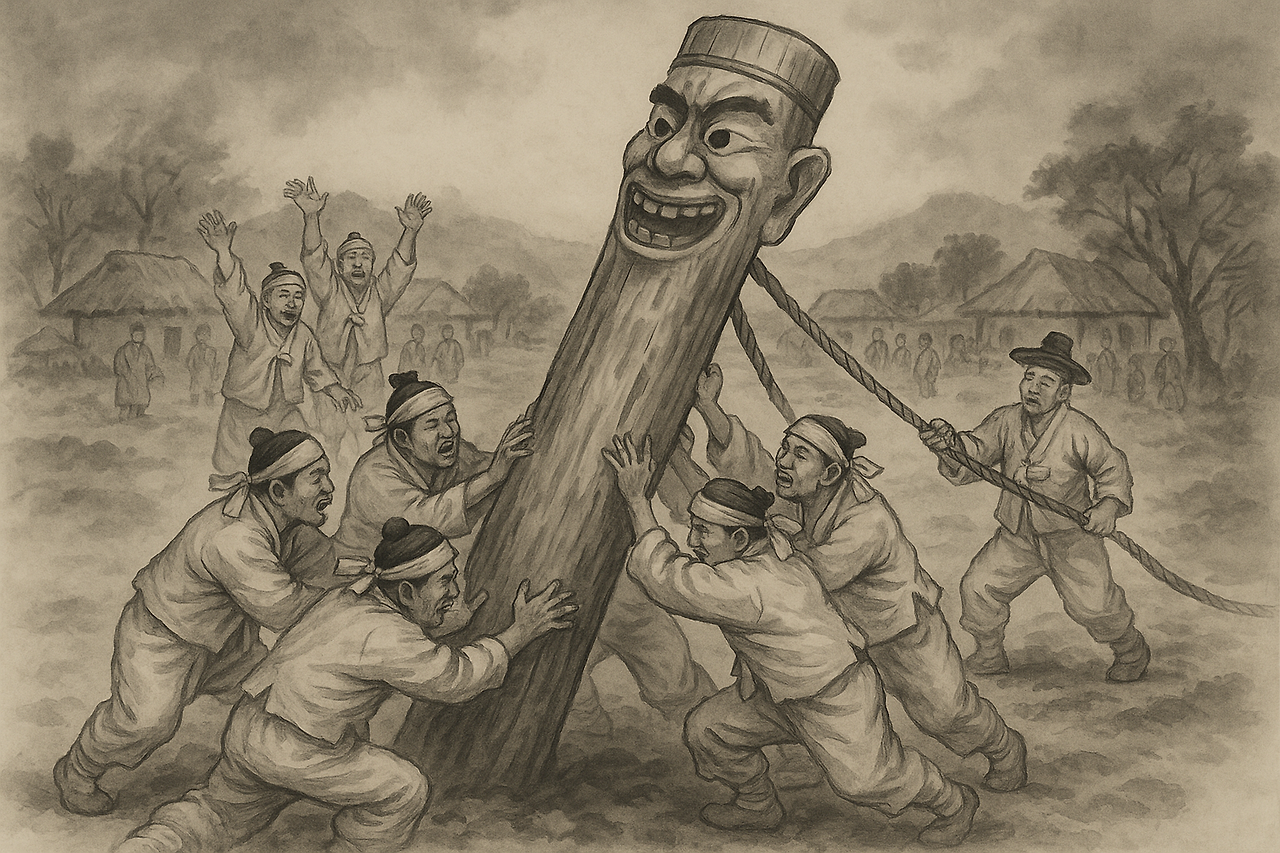
Korean Proverb Series 58Too Much Patience Can Make You Sick“참다 참다 병 된다”(Chamda chamda byeong doenda)🕰️ 1. The Proverb’s Core MeaningThe Korean proverb “참다 참다 병 된다” literally means“Enduring too much can make you ill.”It teaches that excessive patience or emotional suppressioncan eventually harm your body and mind.While patience is a virtue, bottling up emotions for too longmay lead to anger, res..









